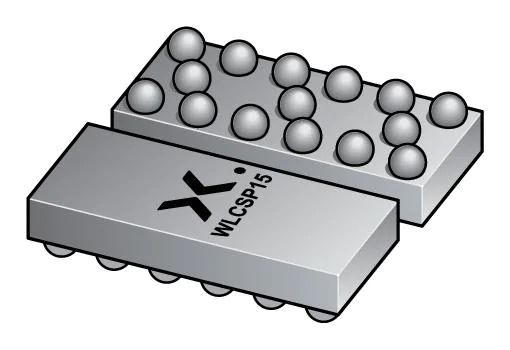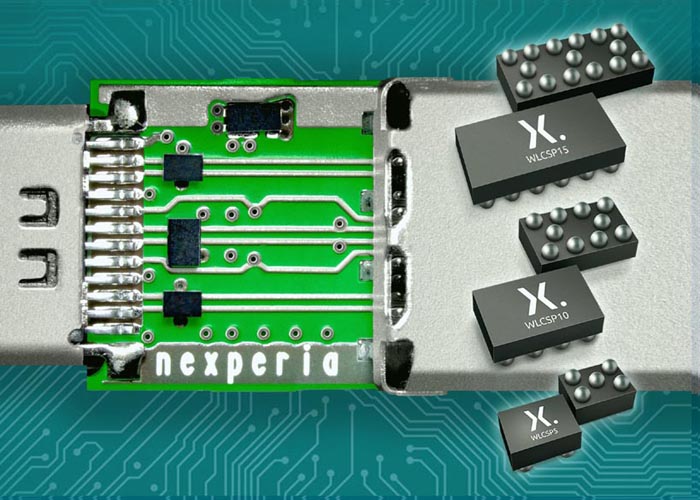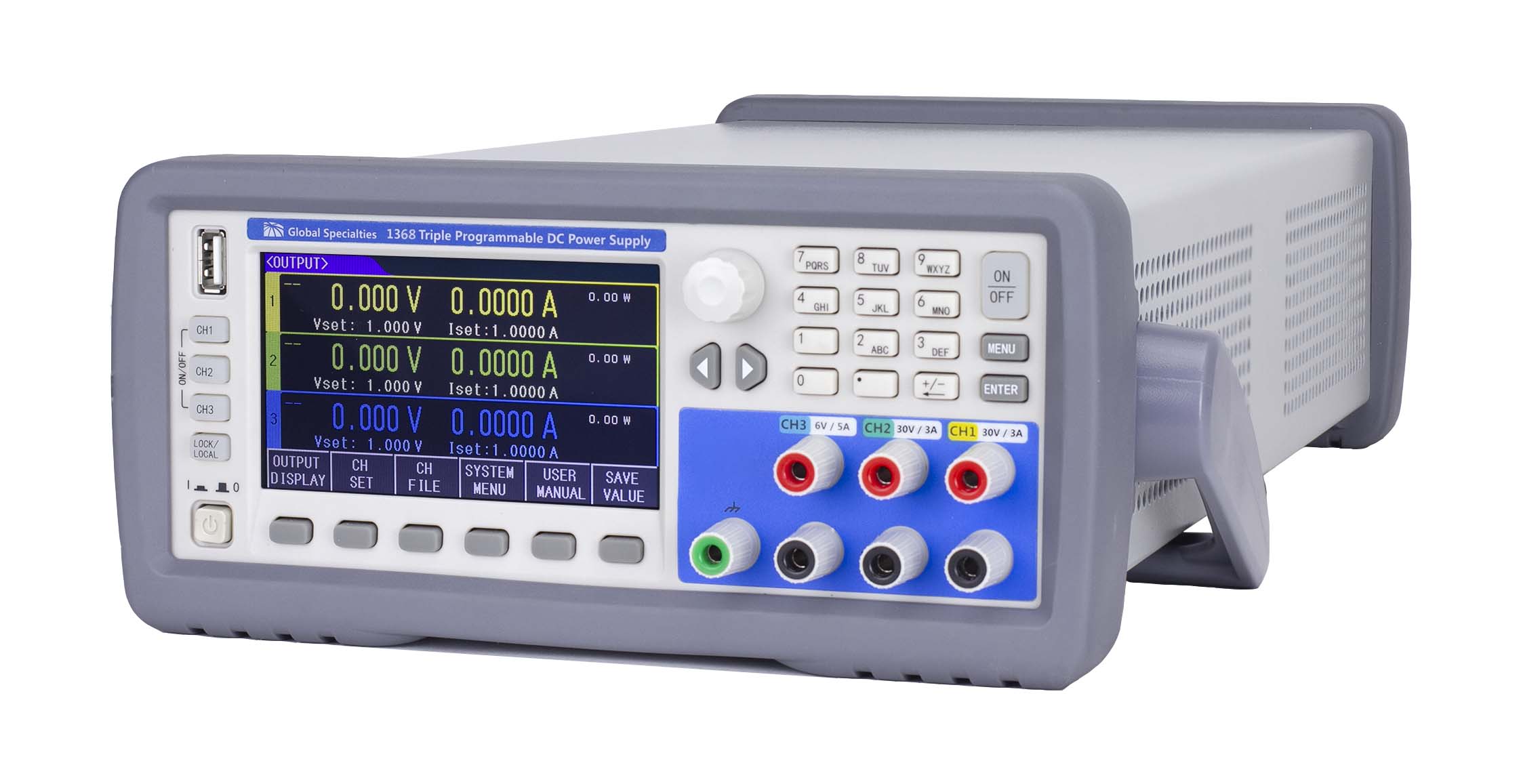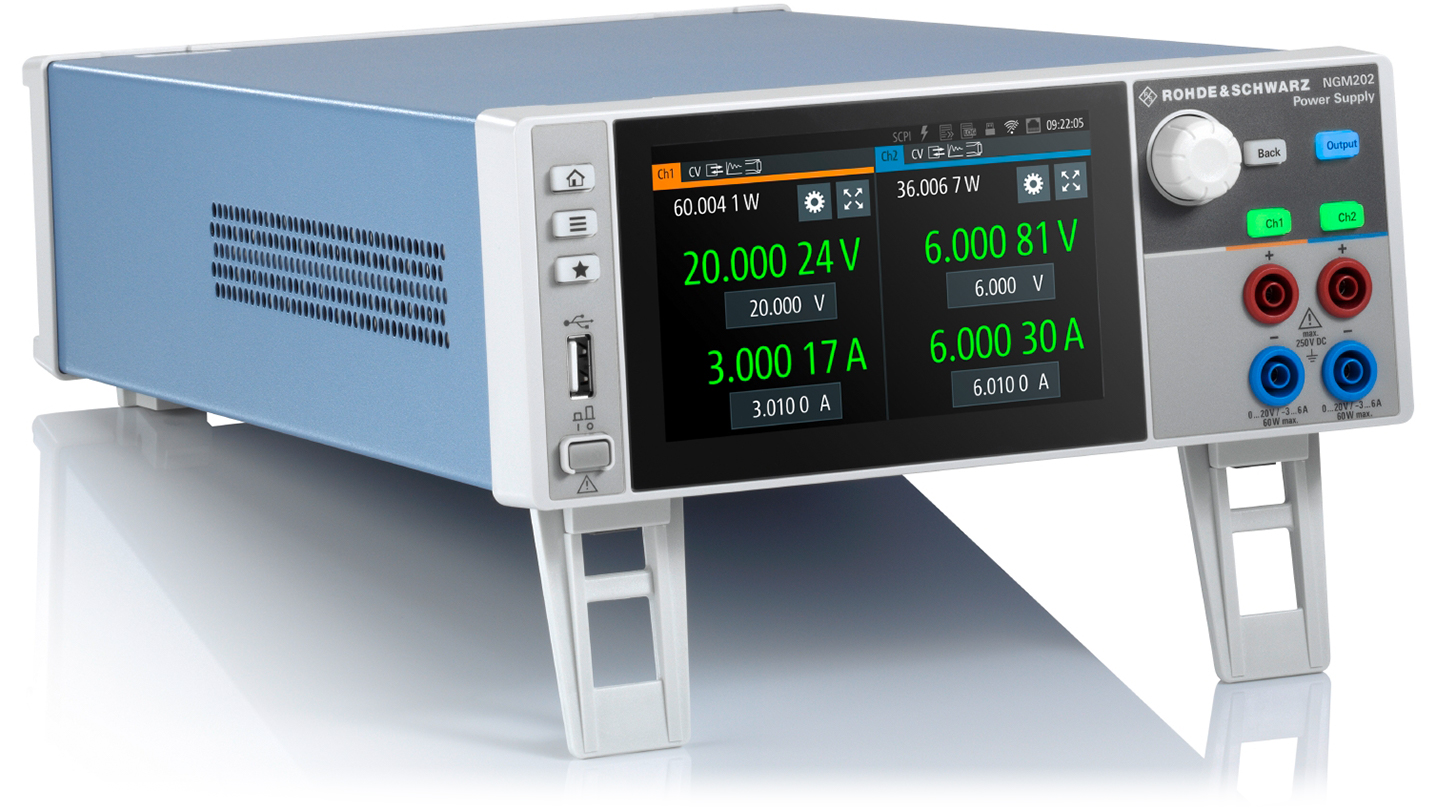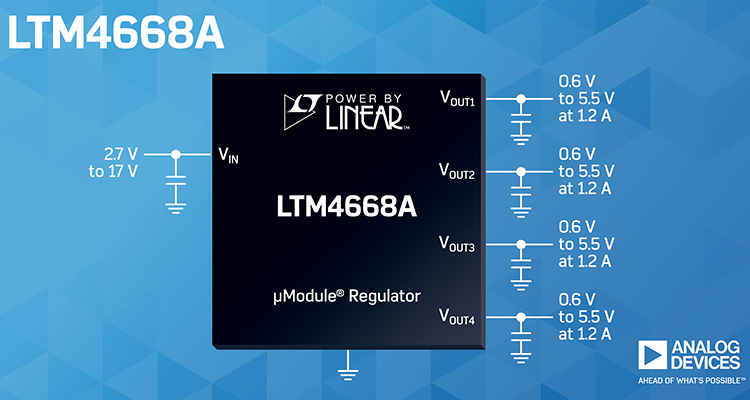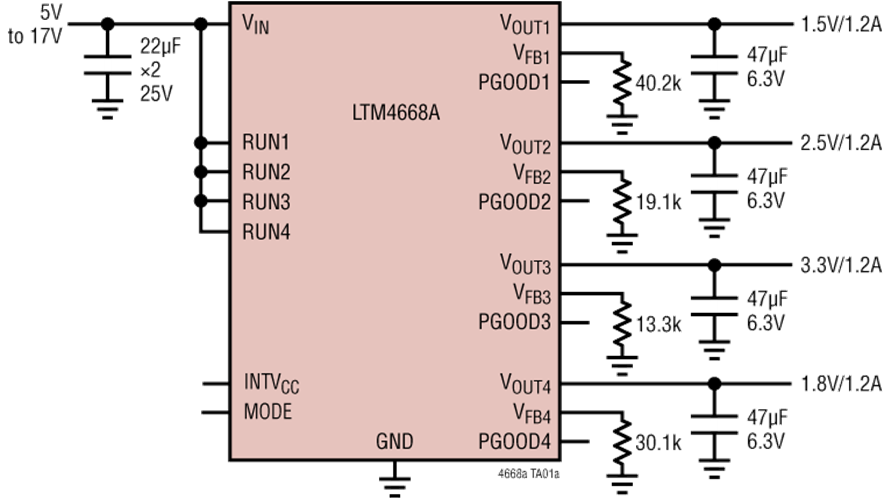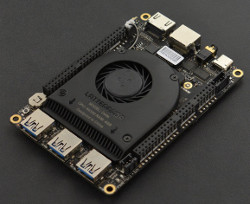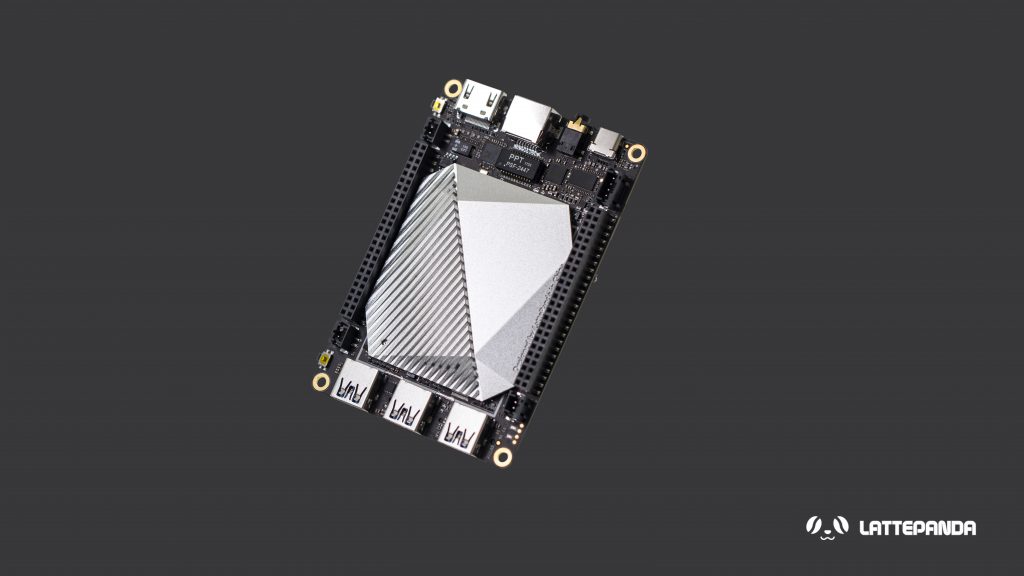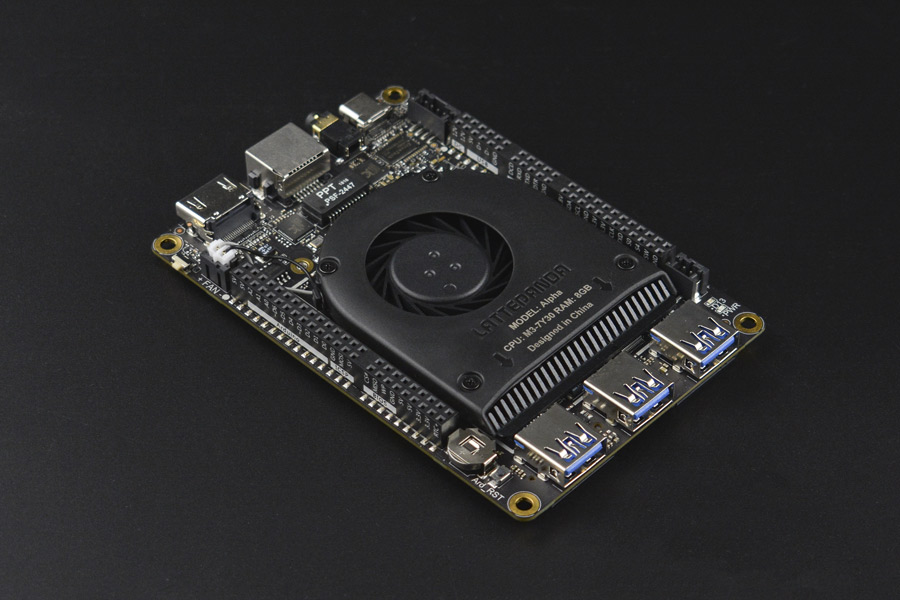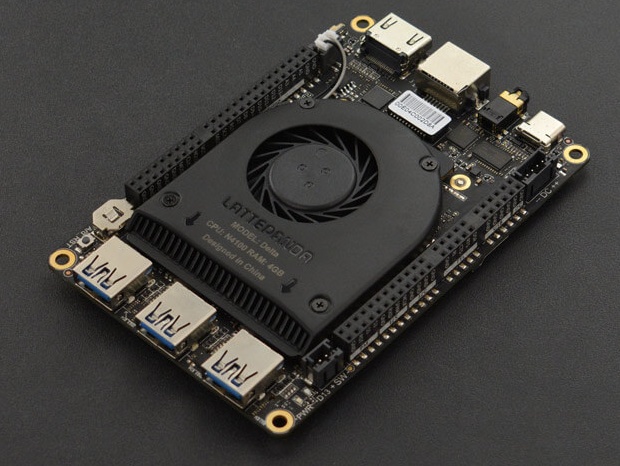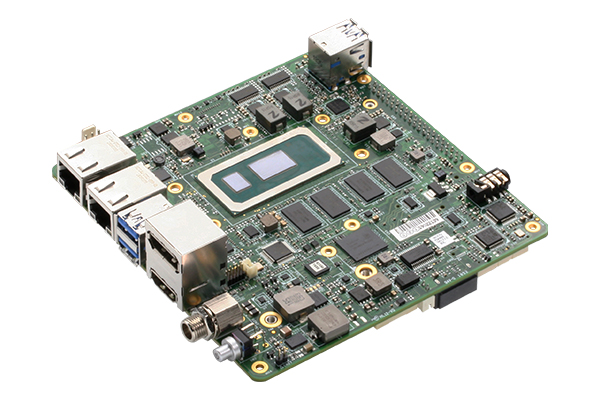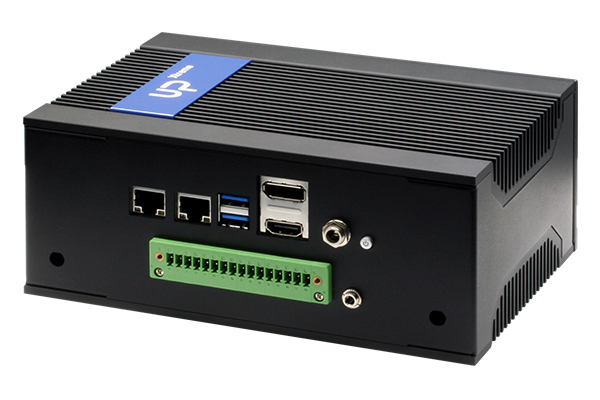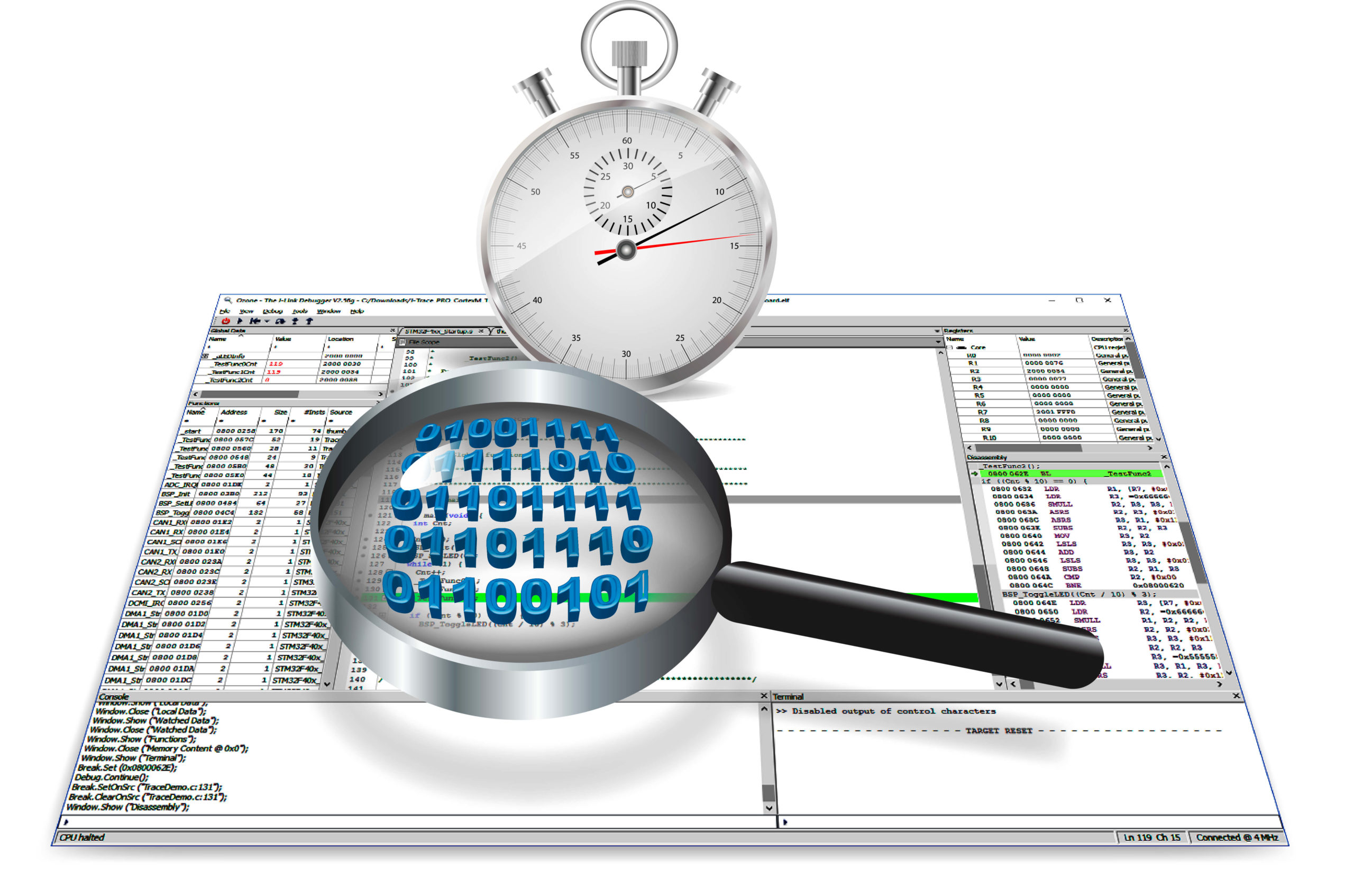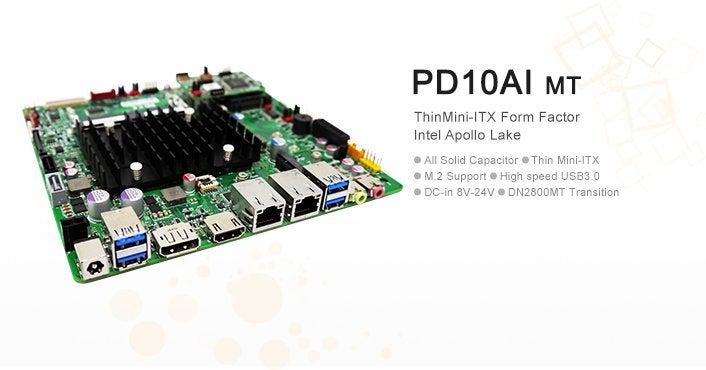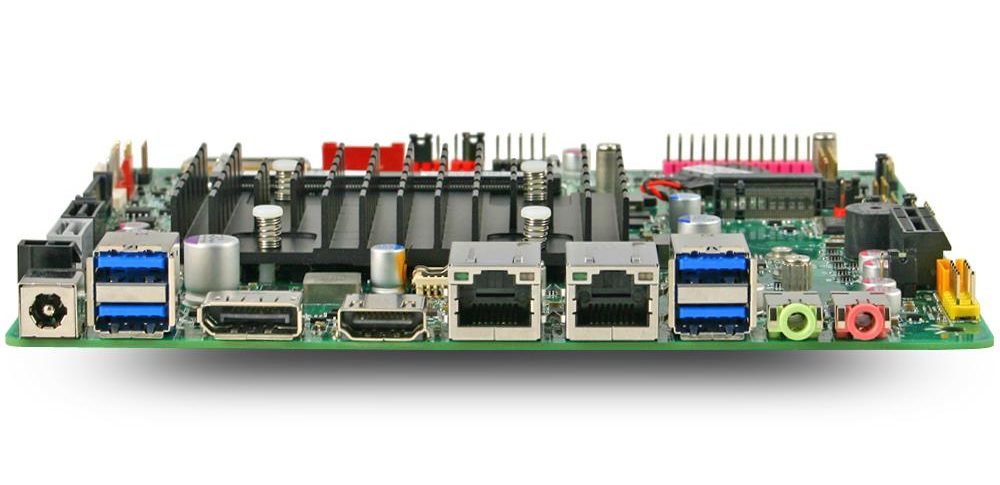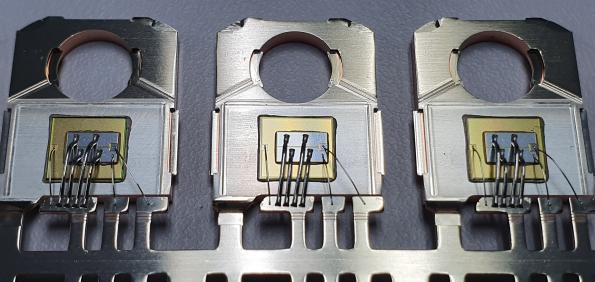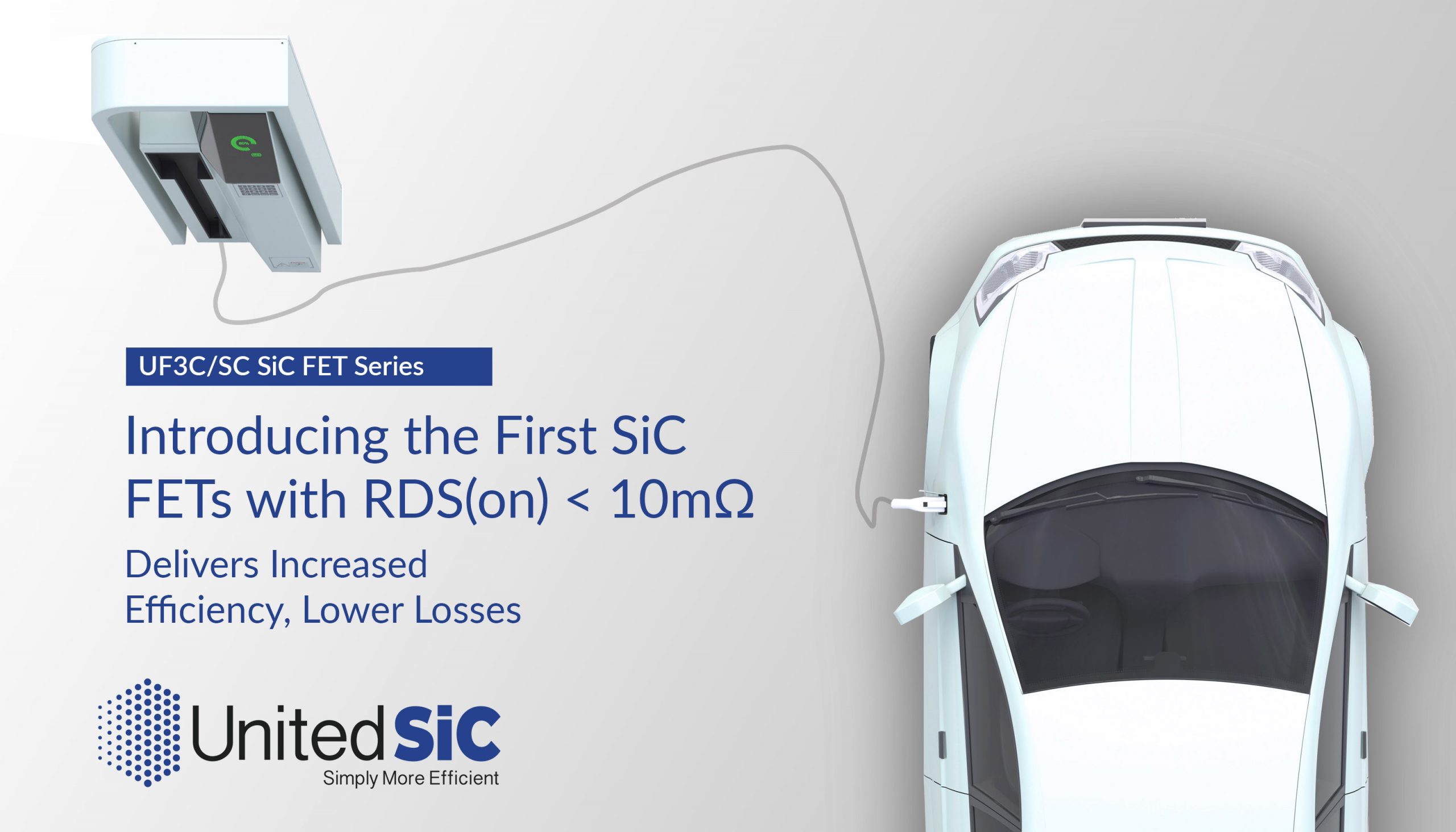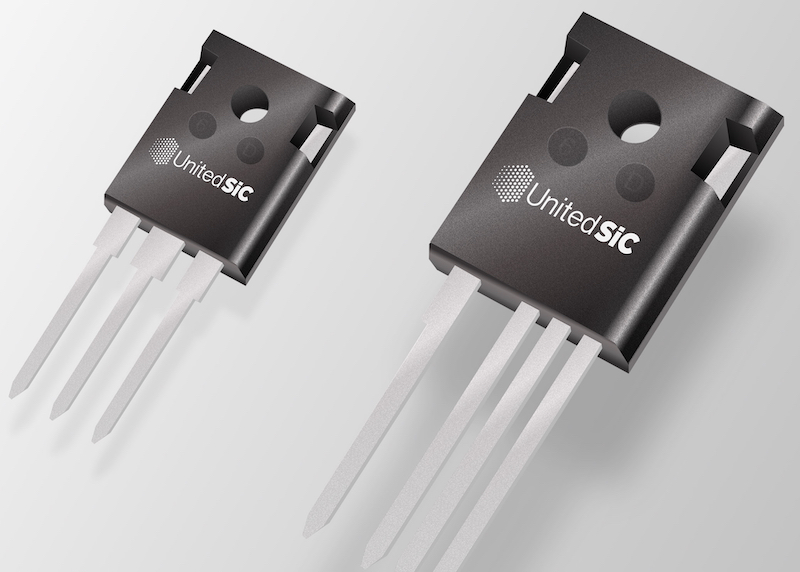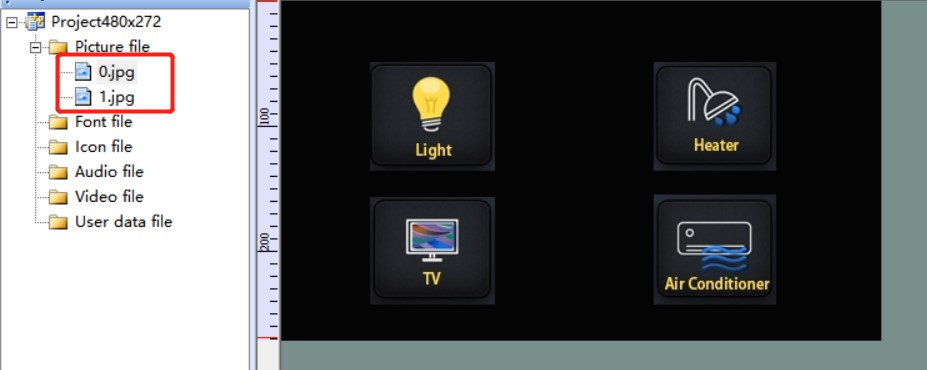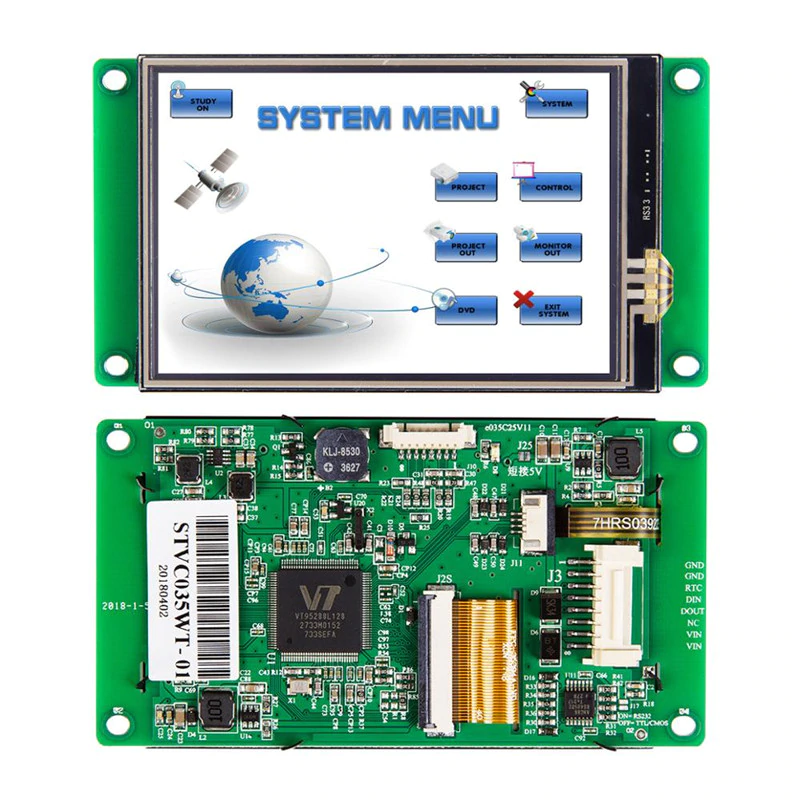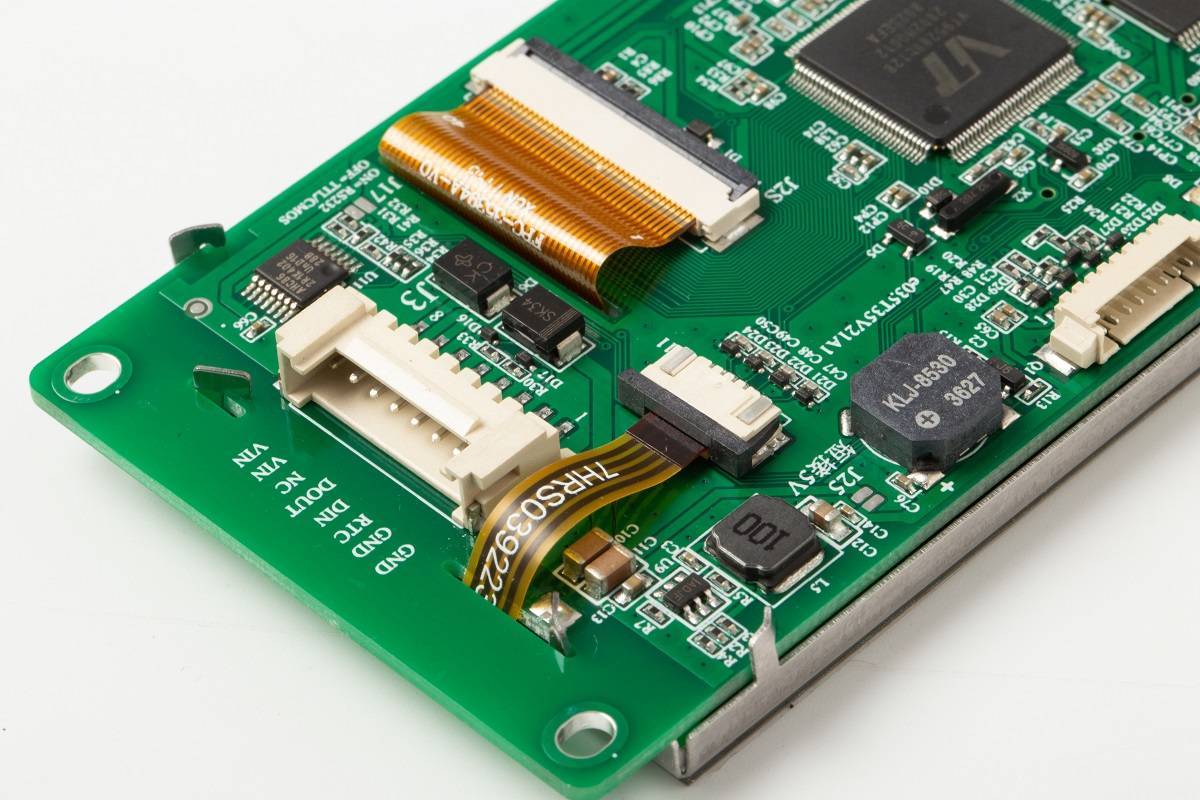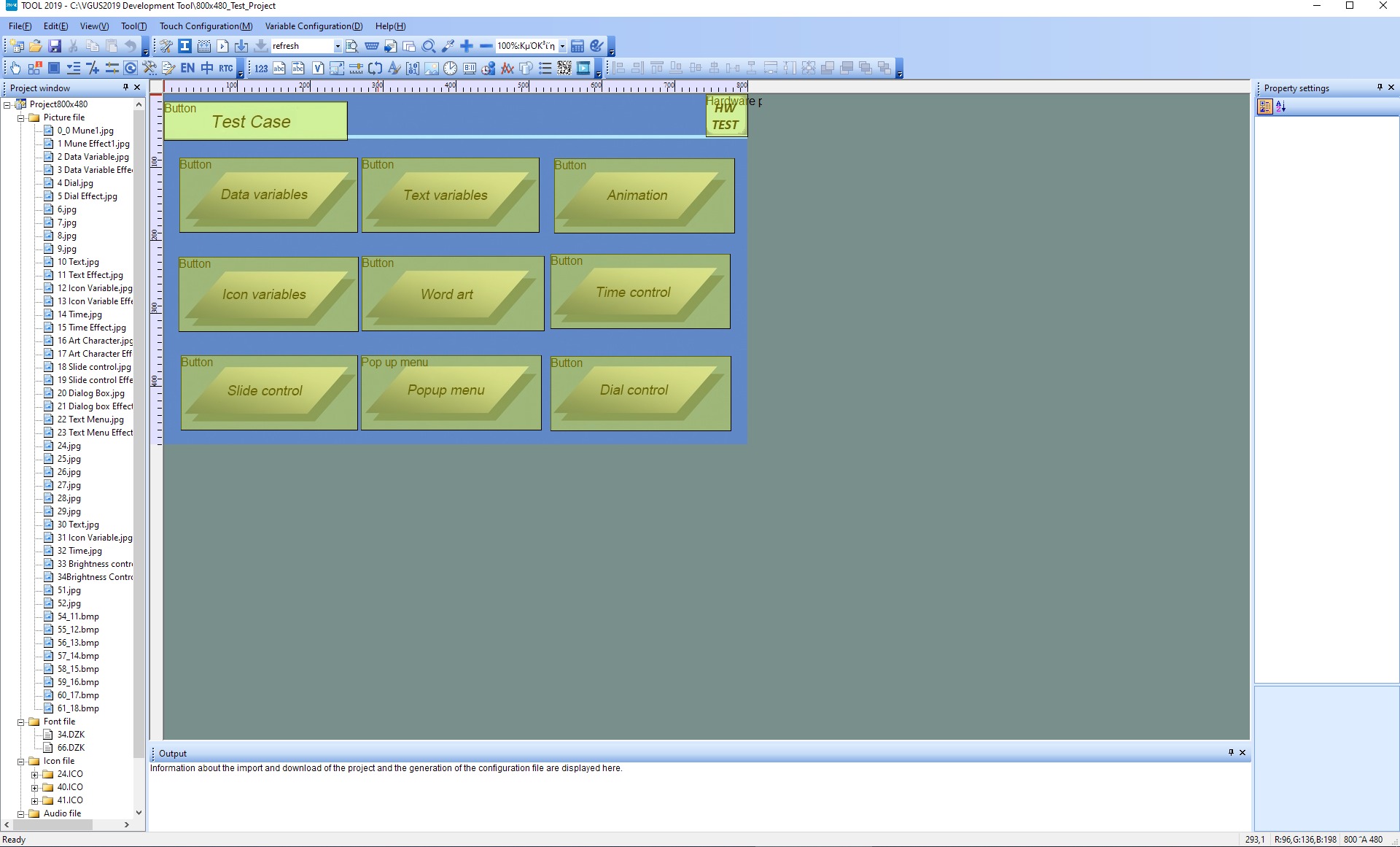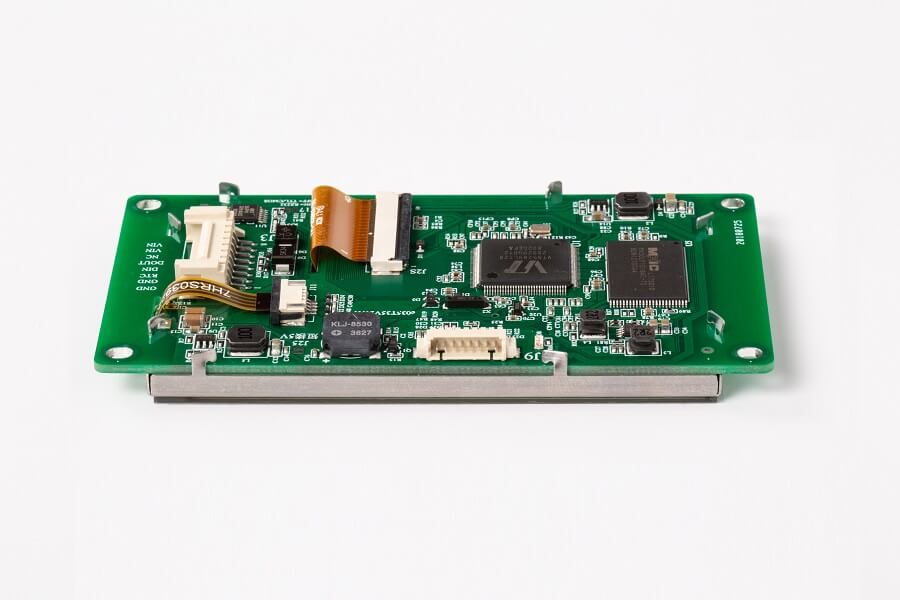Nexperia announced the market’s fastest common mode filter (choke)/ ESD protection combination. The new PCMFxUSB3BA/C features the industry’s widest differential passband of up to 10 GHz 3 dB frequency and very high surge robustness of up to 7.5 A 8/ 20 µs. It is designed to suppress common mode and single-ended noise while minimizing the impact on the signal integrity of extremely fast data lines.
Developed to meet the requirements of Super Speed USB applications, the new devices provide effective 1, 2 & 3 line pair protection (Tx +/-, Rx +/-, D +/-) and filtering. Proven for 10 Gbps communications line protection, the filter’s system-level robustness exceeds the IEC 61000-4-2 level 4, suiting them for use with sensitive SoCs. The solution also minimizes reflections when compared to a discrete design. The integration of Nexperia’s TrEOS technology results in low clamping and high robustness. PCMFxUSB3BA/C extends Nexperia’s family of Common Mode Filters (PCMF devices), helping to optimize the choice between differential pass-band and common-mode rejection at signal fundamentals and higher harmonics.
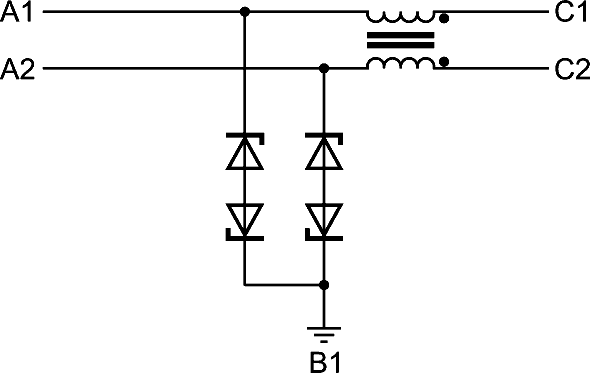
Comments Stefan Seider, Product Manager, Nexperia:
“Apart from their capability to reduce EMI, Common Mode Filters with ESD protection are also very popular for their efficiency in protecting sensitive transceivers: They add an impedance to the signal line pair, which is very small for differential signals but shows significant attenuation of common mode noise as well as single-ended transients such as ESD.”
The new PCMF filters are available in very low-inductance, space-saving WLCSP packages. Devices are footprint-compatible with available ESD-only solutions for fast design changes.
More information, including product specs and datasheets is available at: https://www.nexperia.com/products/PCMFXUSB3BA


